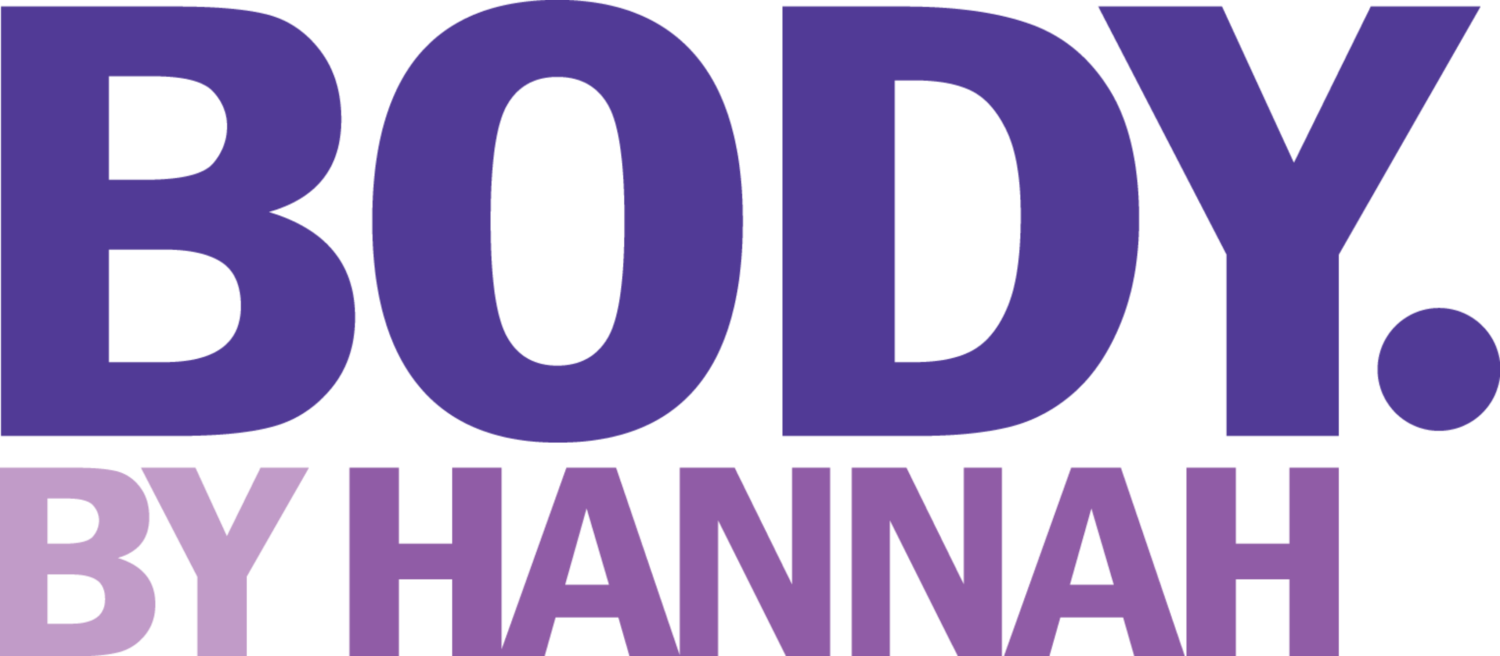“You either need to start eating more, or cut back on your exercise.”
When I told this to one client who wanted to lose fat and build more muscle, she told me she hard a hard time wrapping her head around that idea. Isn’t the goal to push harder and eat less when you want to lose weight and build muscle?
More exercise is only better if we can meet the demands of more. If more is leaving us always sore, prone to injuries, in constant pain and feeling “heavy” all the time, irritable and anxious or unable to mark improvement in our workouts and in making body composition changes, we may be doing too much. Or, I could also share the perspective that if you may not be over training, but you may be under recovering.
When we consider the balance of movement and recovery, we have to remember that if we are exercising more, our recovery needs to be even more intentional and meet the demands of what we’re asking our body to do, otherwise, we send our body into a stress response that can prevent us from feeling our best and meeting fitness goals like weight loss and strength gains.
On average, most of us benefit best from training 3-5 days per week of moderate to intense workouts. You can certainly exercise 7 days per week but likely some of those days should be mobility focused or lower intensity.
If you’re participating in the BUILD program in the BBH Online Studio, you’ve already noticed that even though we schedule out 6 days of workouts for you each week, we want you to focus on meeting the 3 priority days workouts first! If you’re recovering well from those 3 workouts, you’re invited to complete our supplementary workouts. Always included are mobility focused workouts and recovery focused workouts. Every single workout shouldn’t crush you.
If you’re hitting these recommendations and not seeing results and notice your body is always exhausted, you likely need to prioritize recovery better to meet the demands of your moderate/intense workouts with these tips:
Fuel Better: Often when I have clients track their nutrition to help troubleshoot why they aren’t seeing results from all of their hard work, I find a lack of nutrients and proper hydration. Not enough protein is a big culprit for a lot of women but also lack of energy from very low-carb diets with frequent exercising contribute to lack of results.
Sleep Better: Ya’ll, I cannot stress the importance of this one for better recovery. Get on a schedule. Go to bed earlier. And try to keep the routine at least most weekends too.
Consider your program: Stop over doing it! If you’re training 6-7 days per week and doing a heavy full body workout or HIIT workouts every single workout, you may want to consider varying your workouts to include recovery based workouts, lower intensity cardio and mobility focused workouts between heavy days to give your muscles more time to recover.
Supplement: Many times, lack of important minerals from for example an insufficiently nutrient dense diet can lead to deficiencies that aid in better muscle tissue repair. Start with a basic multi-vitamin if you haven’t already!
If you feel like you need more guidance, it’s not too late to join the BUILD program on the BBH Online studio. As a member of the BBH Online studio, you can expect the availability of more personalized coaching just by reaching out to your BBH trainers any time you have a question.


